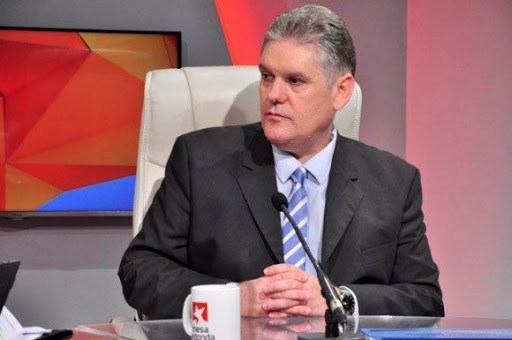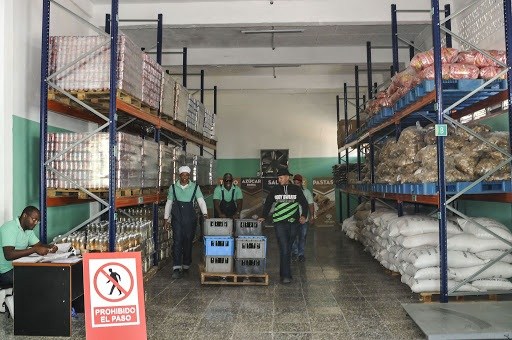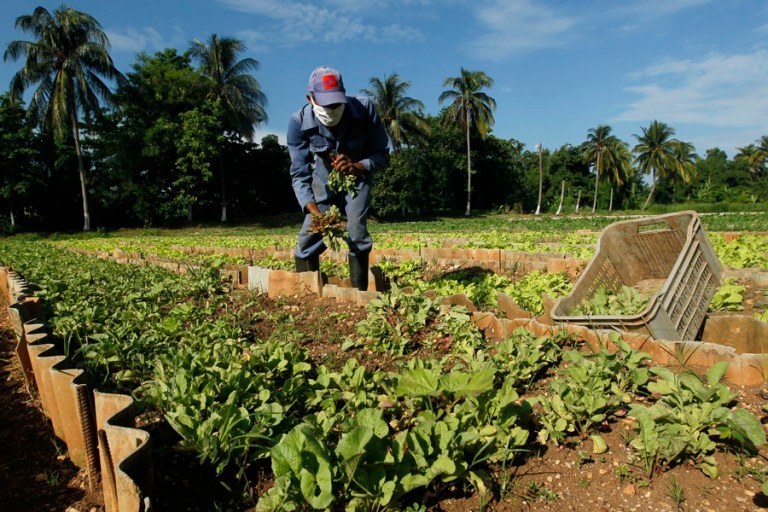New Covid-19 Outbreak vs. Cuba’s Economic Reforms
The pandemic is threatening the Cuban government’s attempt to speed up profound economic change, in relation to different kinds of property and modes of production.

HAVANA TIMES – The Cuban government has waited for the worst economic and social landscape to speed ahead with reforms that had been scheduled in previous years. Ever since the Strategy to pick up the economy was announced, a month ago, things have become even more complicated due to a new surge of COVID-19 in the country and the national economy falling into further demise.
The combination of different cases of community transmission in the Artemisa and Havana provinces, have led to a surge in infections at the beginning of the month, with 93 confirmed cases on August 9th, the highest number of cases recorded in a single day ever since the first cases of COVID-19 were reported on the island on March 11th.
This rise in infections has led to the capital falling back in its recovery process, which is now back in the phase of limited community transmission.
Stricter controls on people’s movement – with the public transport system being suspended again – and other restrictions have put the city with over 2 million inhabitants, back into a tough situation for the entire economy. Forecasts are bleak.
The global trade crisis increased tensions that were already being felt at the beginning of the year in Cuba, as a result of tougher sanctions and the US economic blockade taking a more hostile approach.
In a recent regional report, the Economic Commission for Latin America and the Caribbean (CEPAL), based in Santiago de Chile, estimated that the region’s gross domestic product (GDP) could fall by 9.1% this year. In Cuba, by 8%.

Strategy to pick up the national economy
While tensions are building and more obstacles are appearing, the crisis is reason for pushing ahead with a reforms process that also presents political and economic innovations in different activities. Integrating these changes appears to be a challenge, but it’s the best way to ensure the process is successful.
In order for complex reform to take place, a systemic approach needs to be taken, with good articulation between different fields and activities.
In previous years, the isolated or partial vision of trial efforts – in companies, pricing policies or cooperatives, for example – have led to blunders and failure, because they didn’t go hand-in-hand with other economic sectors and activities which they were connected to.
After President Diaz-Canel and Economy Minister, Alejandro Gil, announced this Strategy on July 16th, different ministers of key economic sectors have appeared on the TV show Mesa Redonda to announce reforms being undertaken or to be implemented soon.

Partial dollarization
Measures with the greatest social impact are linked to the partial dollarization of the economy, a controversial measure in many aspects: expanding a part of the state’s retail sales to foreign currency.
This started with electrical appliances last November, and it has now been extended to cover cleaning and personal hygiene items, hardware and food products, in an attempt to make up for huge losses in other markets, such as tourism. Foreign visitors have dropped to almost nothing for over four months.
In order to prevent barriers to the inflow of hard currency, the government has also waived its 10% tax on the US dollar (in place since 2004).
The government’s commitment is to finance supplies in other markets with revenue from the dollar stores, so that these other markets can continue to sell in national currencies: the Cuban peso (CUP) and the Cuban Convertible peso (CUC).
However, the measure sparks controversy because it implies a setback or greater mess when having to sit down and organize the currency system one day. Doing so is one of the main objectives set out by the Communist Party in its Update for the Cuban economic model.
Thus, Cuba’s dual currency and exchange system is getting a lot more complicated with the appearance of a third currency, the US dollar.

Private economic players
With its first steps, the Strategy also gives rise to high-impact changes, tending to level out rules and conditions for state-run and private entities. The later include cooperatives, self-employed workers and private companies that act as such, while still waiting for their promised legal recognition.
An old demand that these private economic players had was being able to access a wholesale food market in order to buy supplies legally. Mercabal, which already offered services to cooperatives, has now opened up its doors to self-employed workers in the food service sector.
In the last week of July, 213 new clients registered. The second wholesale market of this kind has opened up in Holguin province, in Cuba’s eastern region. [Together they offer a tiny percentage of the needs of micro and small businesses].
The minister of Labor, Marta Elena Feito, announced the elimination of a pre-established list of activities permitted in the private sector. This list was limited to 123 specific activities and excluded most professionals.
The Strategy’s first actions also promised to relax foreign trade regulations, to facilitate exports and imports by cooperatives and other private businesses. This will take place via designated state companies.
Tax incentives and financial innovations
In order to support production, trade and investments, the government has planned to unfold State financing tools, linked to other innovations in the finance and banking system.
It has adopted tax credits and other tax incentives to encourage economic players -both in the state and private sector-, who manufacture or provide services for exports or the Mariel Special Development Zone.
According to the minister of Economy, there will no longer be a centralized allocation of resources in planning. Public administration will instead lean towards indirect mechanisms to regulate the market and give greater autonomy to state companies and regional governments.
Another area of change – which is just as complex and urgent – is the development of a public debt market using treasury bills and innovations in credit policy for private enterprise and local governments. Creating an agricultural development bank would go hand-in-hand with another objective at the top of the Strategy’s agenda: food production.
Agricultural development and achieving food sovereignty are one of the country’s old political and economic debts. It is once again a priority in this government program. The crisis linked to the pandemic is making every move all the more imperative and difficult.






“top of the Strategy’s agenda: food production”
“Agricultural development and achieving food sovereignty”
How many times has this been repeated by the incompetent Castro regime?
It’s the same old, same old weary worn out myth.”
Results?
NADA!